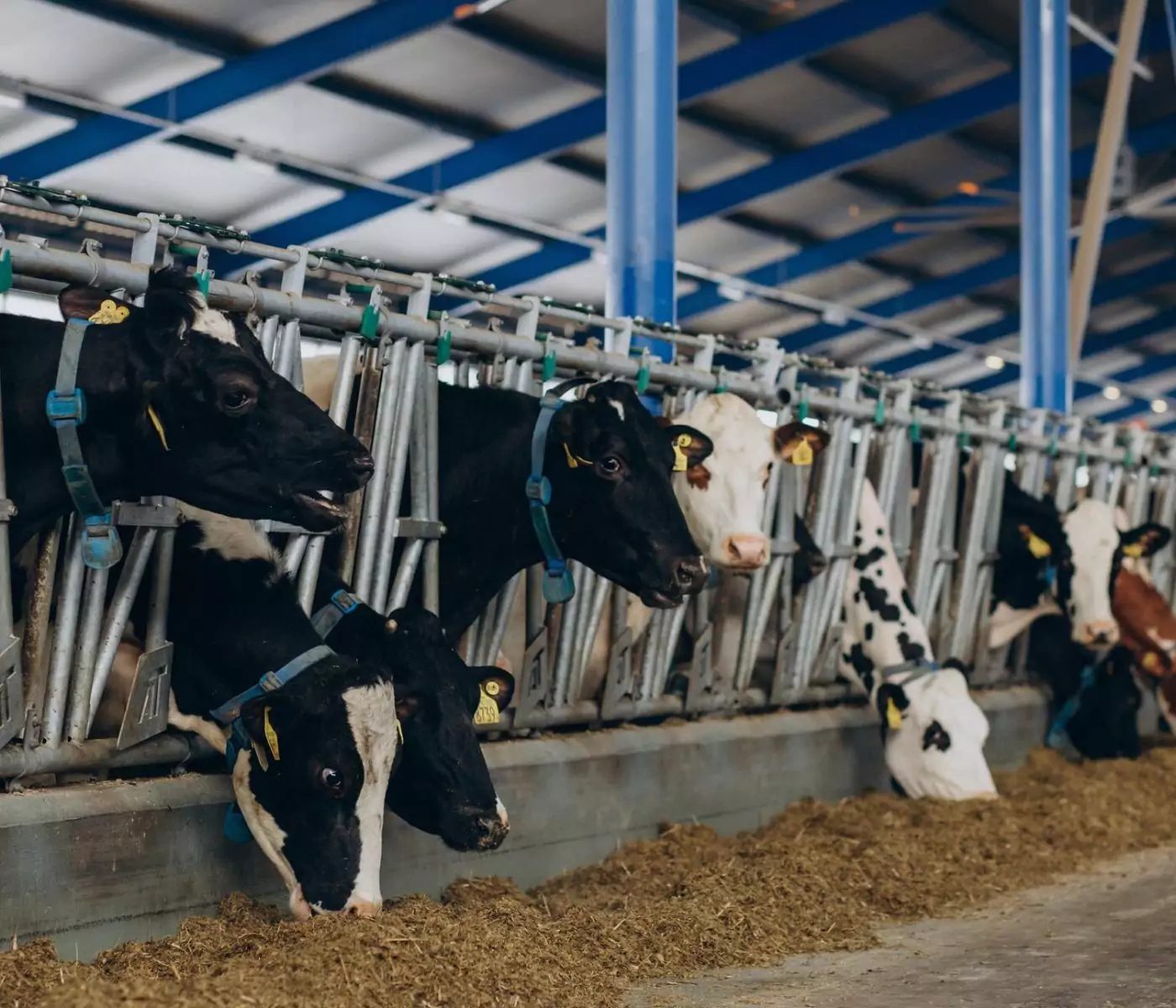 09 Dec 2023
09 Dec 2023
Enhancing Milk Productivity and Quality: The Impact of Saccharomyces boulardii
Highly productive dairy cows are subjected to the inclusion of a large number of additives to enhance production, emphasizing or improving gastrointestinal tract conditions (Troncoso, 2015).
Similarly, the crucial factor in dairy farming is the production per kilogram of milk with an acceptable composition.
 Broadly speaking, economic advantages escalate as the production per cow increases (Caballero and Hervas, 1995). Contemporary concerns regarding the use of antibiotics in animal production, taking into account their bioaccumulation in the human body, have prompted the adoption of probiotics as an alternative in ruminant nutrition (Boga and Gorgulu, 2007).
Broadly speaking, economic advantages escalate as the production per cow increases (Caballero and Hervas, 1995). Contemporary concerns regarding the use of antibiotics in animal production, taking into account their bioaccumulation in the human body, have prompted the adoption of probiotics as an alternative in ruminant nutrition (Boga and Gorgulu, 2007).
 Several authors are examining the utilization of probiotic microorganisms as a substitute in ruminant nutrition, aiming to boost milk yield and address pathogens in the digestive system.
Several authors are examining the utilization of probiotic microorganisms as a substitute in ruminant nutrition, aiming to boost milk yield and address pathogens in the digestive system.
Numerous studies explore the favorable impacts of yeast culture on milk production, exemplified by research like that of Dann et al. (2000), and on the composition of milk from dairy cows and the ruminal environment (Kung, 2001). These studies show that incorporating live yeast into the feed enhances the health and productivity of ruminants.
![]() Among the reported effects are increased feed intake and milk production.
Among the reported effects are increased feed intake and milk production.
In this regard, it is suggested that the utility of yeast cultures lies in manipulating ruminal fermentation and ruminant productivity (Corcionivoschi et al., 2010).

The majority of present probiotics are comprised of bacteria; nonetheless, using products derived from yeast is recommended.
While these are not commonly found in the gastrointestinal tract, they can thrive in this environment, particularly in the rumen. Their mechanism of action involves:
![]() Enhancing diet palatability
Enhancing diet palatability
![]() Increase in the production of B-complex vitamins and essential amino acids
Increase in the production of B-complex vitamins and essential amino acids
Among the main yeast species used as probiotics….
This article will be continued on a subsequent entry
You may also like to read: “Novel Approaches for Evaluating the Efficacy of Mycotoxin Adsorbents”
Subscribe now to the technical magazine of animal nutrition
AUTHORS

Nutritional Interventions to Improve Fertility in Male Broiler Breeders
Edgar Oviedo
The Use of Organic Acids in Poultry: A Natural Path to Health and Productivity
M. Naeem
Synergistic Benefits of Prebiotics and Probiotics in Poultry, Swine, and Cattle
Gustavo Adolfo Quintana-Ospina
Hybrid Rye Potential in Laying Hen Feed Rations
Gwendolyn Jones
A day in the life of phosphorus in pigs: Part I
Rafael Duran Giménez-Rico
Use of enzymes in diets for ruminants
Braulio de la Calle Campos
Minerals and Hoof Health in the Pregnant Sow
Juan Gabriel Espino
Impact of Oxidized Fats on Swine Reproduction and Offspring
Maria Alejandra Perez Alvarado